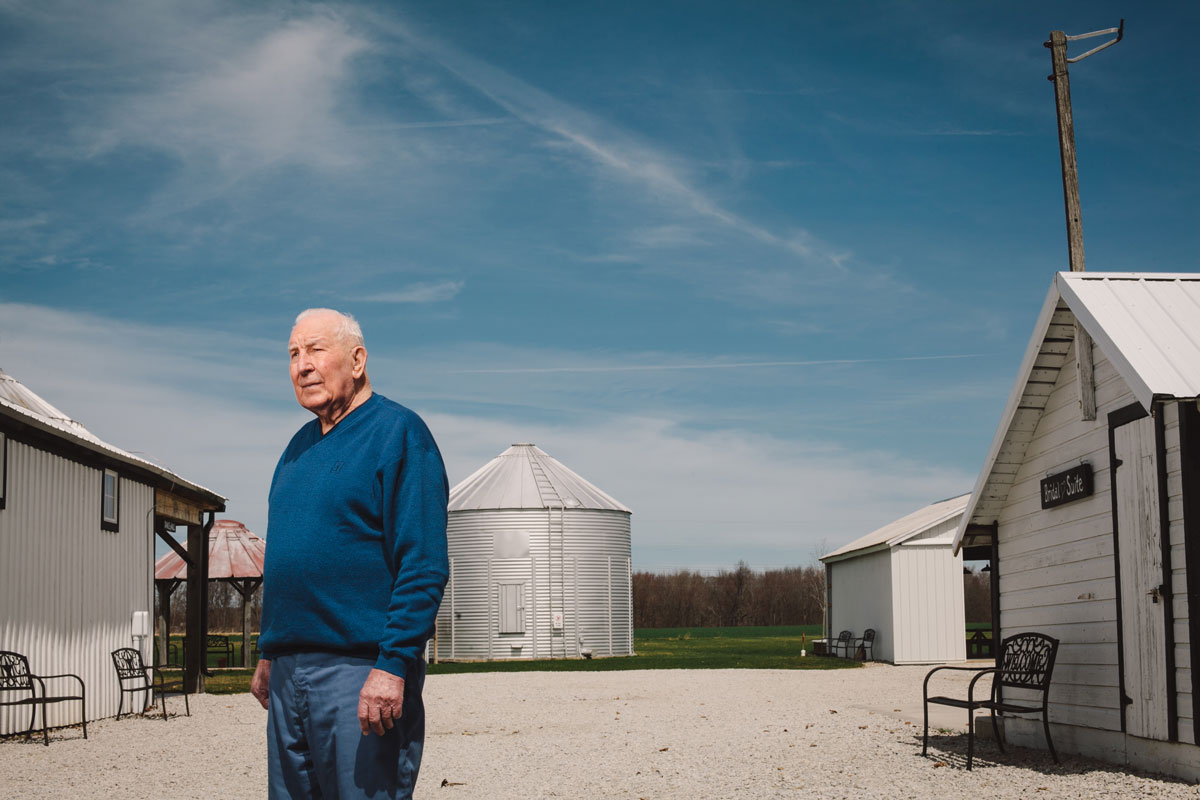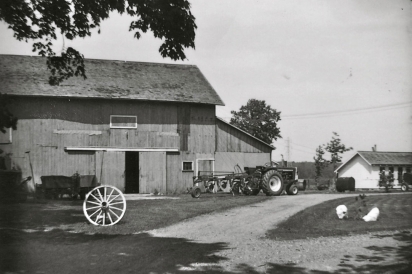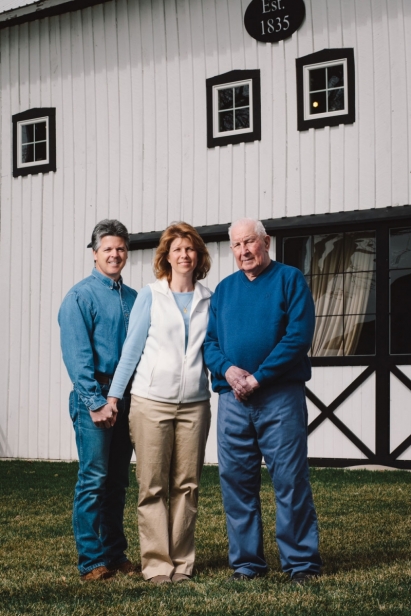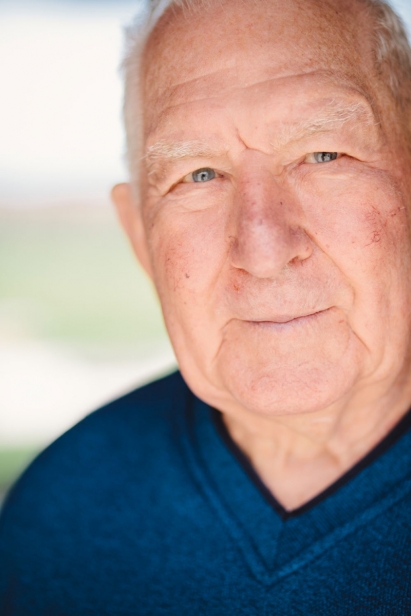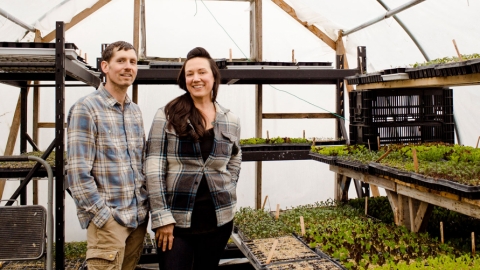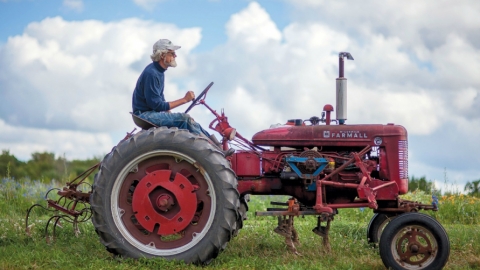Chester Szymanski looks back from age 91
The old-fashioned values of hard work and gratitude run deep for farmer Chester Szymanski, age 91, who farmed for 54 years in New Carlisle, Indiana. I spoke with Szymanski at his family home, a farmstead on 273 acres north of New Carlisle. With a history going back to 1835, the land was farmed by Szymanski and his wife, Virginia, for over a half-century, until she passed away in 2001. Szymanski lives in the original farmhouse on the property with his tomcat, Tom. Today, the farm, known as The Homestead 1835, is managed by Szymanski’s daughter, Lori Kimmel, and her husband, Dave, as a historic venue for weddings and other gatherings.
Tell me about how you got started farming.
When I got married in September of 1946, I lived on a 10-acre farm with my father-in-law just east of New Carlisle, on Strawberry Road. Before that, I was a city boy from South Bend. Then my wife, Virginia, and I bought 19 acres on U.S. 20 because my father-in-law said land is a good investment. There were no buildings whatsoever when we bought it. We built a chicken coop and a hog barn, a corncrib and a shed. We were there five years or so and then I found this place in 1955.
What did you farm?
We grew corn and wheat and beans. I had some pigs, a couple of steers, and we had chickens too. My wife worked and I worked, and then we’d come home and farm.
Where else did you work?
I worked at Studebaker to start with and I worked at Bendix, and I helped build the 31 Highway from Argos to Rochester, Indiana. My day over there was 12 hours. That’s 60 miles away. I’d go there and go back home and farm. I did that for three years.
After that, I had a welding and repair business for a while, and I farmed until I had to give it up in 1991. I think I was close to 70 years old when I quit everything and decided to collect my Social Security.


